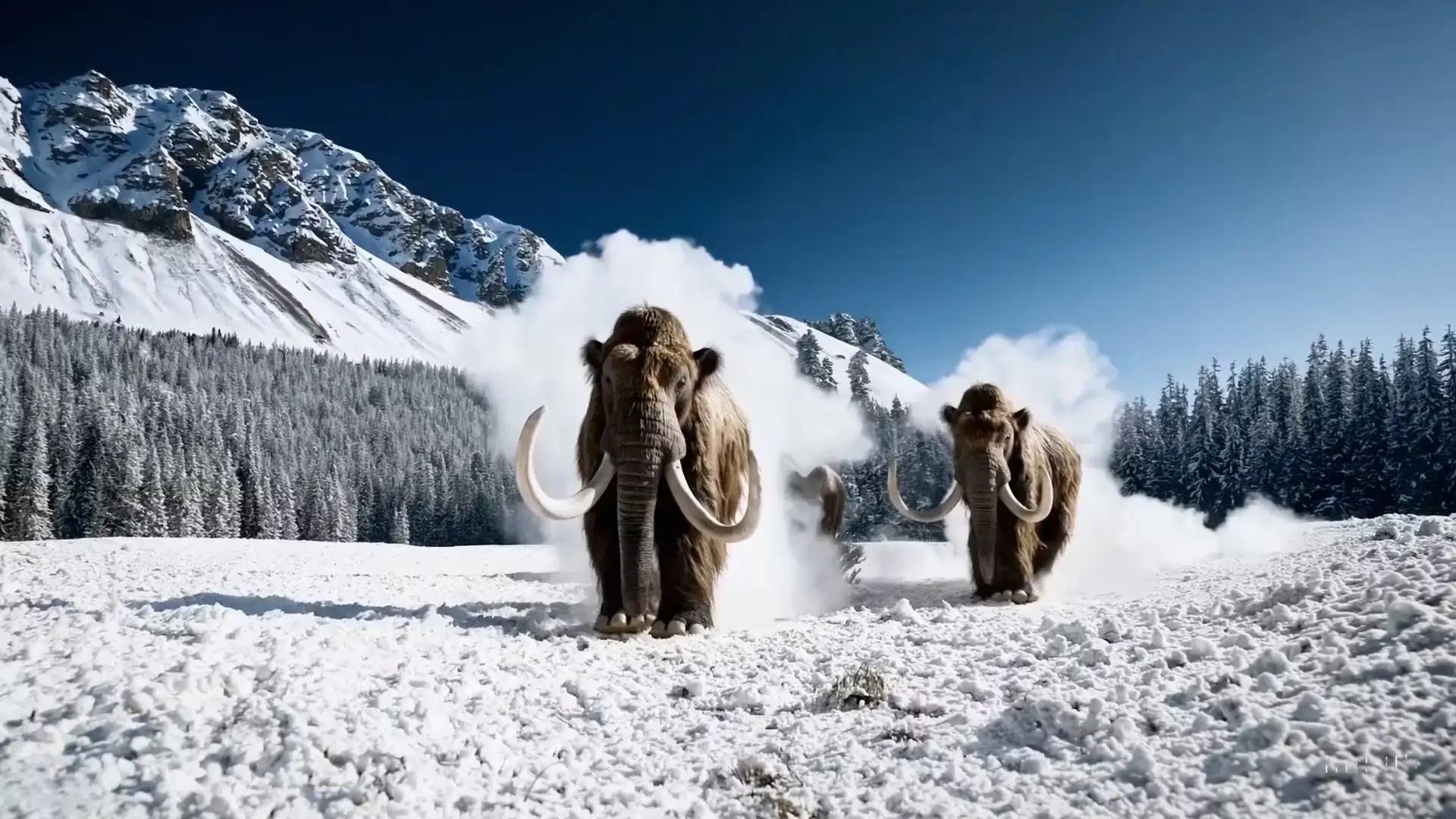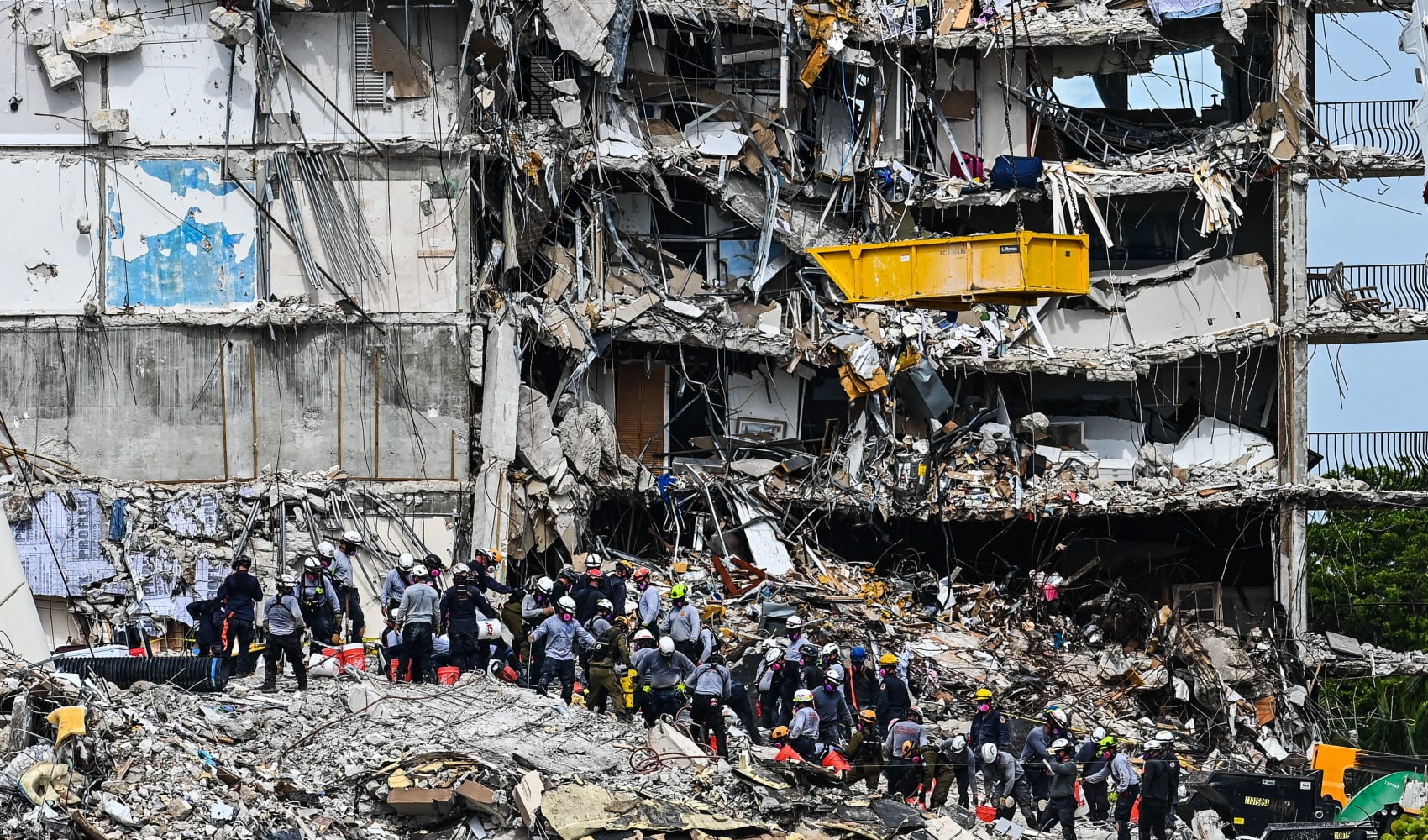OpenAI announced that their popular AI video-generation tool, Sora, will be available later on Monday.
The AI video-generation model functions similarly to DALL-E, OpenAI’s image-generation AI tool: Sora will produce a high-definition video clip when a user fills in a desired scenario. Along with extending pre-existing films and filling in missing frames, Sora can also create video clips based on still photographs. Sora was unveiled in February by the Microsoft-backed artificial intelligence firm, which gained widespread recognition last year as a result of ChatGPT’s viral success.
According to OpenAI’s YouTube livestream, the tool will make its debut to U.S. users and “most countries internationally” later today. The business has not yet provided a timeframe for the product’s launch in Europe, the U.K., and a few other countries.
According to OpenAI, the function will be included in current ChatGPT memberships like Plus and Pro, so customers won’t need to pay more for it. Features like “Blend,” which allows two scenes to be joined at the user’s request, and the ability to have an AI-generated film play continuously were shown by staff members on the livestream and OpenAI CEO Sam Altman.

Up until now, Sora has mostly been accessible to a select few safety testers, or “red-teamers,” who examine the model for flaws in areas like prejudice and false information.
In October, Reddit users questioned OpenAI officials about the release date of Sora, asking if the delay was “due to safety or the amount of compute/time required for inference.” “Need to perfect the model, need to get safety/impersonation/other things right, and need to scale compute,” wrote Kevin Weil, product head at OpenAI.
During the webcast, Rohan Sahai, the product lead for OpenAI’s Sora, stated, “As OpenAI, we obviously have a big target on our back.” He also added that the firm must stop unauthorized usage of the technology. “However, we also wish to strike a balance with artistic expression.”
With the $6.6 billion it collected from a wide range of Big Tech businesses and investment firms, OpenAI concluded its most recent financing round in October with a valuation of $157 billion. Its overall liquidity now exceeds $10 billion after receiving a $4 billion revolving line of credit.
All of this is part of OpenAI’s ambitious growth strategy, as the Microsoft-backed artificial intelligence startup competes for the largest share of the generative AI market—which is expected to reach $1 trillion in revenue within ten years—against Amazon-backed Anthropic, Elon Musk’s xAI, Google, Meta, Microsoft, and Amazon.

With the hiring of its first chief marketing officer earlier this month, OpenAI signaled its intention to increase its marketing budget in order to expand its user base. Additionally, OpenAI launched a search function in ChatGPT in October that puts it in a stronger position to compete with search engines like Google, Microsoft’s Bing, and Perplexity. This feature might potentially draw in more people who would have otherwise visited such websites to do online searches.
The manufacturer of ChatGPT hopes to compete with video-generation AI tools from firms like Google, which unveiled Lumiere in January, and Meta with Sora. Other firms, including Stability AI’s Stable Video Diffusion, provide comparable AI solutions. Create with Alexa, a model that specializes in producing short-form animated children’s entertainment based on prompts, was also published by Amazon.
Now that chatbots and image generators have entered the consumer and commercial spheres, video may be the next frontier for generative AI. As significant political elections take place throughout the world, the new technologies raise severe worries about disinformation, even though some AI aficionados will be excited by the creative prospects. Data from machine learning company Clarity shows that the amount of AI-generated deepfakes produced has risen 900% annually.
In an attempt to provide a wider range of AI models, OpenAI has made multimodality—the fusion of text, picture, and video generation—a top priority.
Concerned about the way the ChatGPT creator treats artists, protesters decided to leak what looked to be a copy of Sora. This was followed by news of Sora’s release.
In late November, a few participants in OpenAI’s early access program for Sora, which reportedly comprised over 300 artists, released an open letter criticizing OpenAI for not being transparent enough or providing more than marketing assistance for the arts.

In their open letter, the protesters said, “Dear corporate AI overlords, we were promised access to Sora in exchange for being early testers, red teamers, and creative partners.” However, we think that in order to convince the public that Sora is a helpful tool for artists, we are being tricked into “art washing.”
“While hundreds contribute for free, a select few will be chosen through a competition to have their Sora-created films screened — offering minimal compensation which pales in comparison to the substantial PR and marketing value OpenAI receives,” the letter continued, adding that hundreds of artists served as unpaid laborers for OpenAI by testing bugs and providing feedback on Sora.
The open letter declared, “We are not opposed to the use of AI technology as a tool for the arts (if we were, we probably wouldn’t have been invited to this program).” We disagree with the way this artist program has been implemented and the way the tool is developing in anticipation of a potential public release.
In the hopes that OpenAI will become more transparent, artist-friendly, and supportive of the arts beyond publicity stunts, we are sharing this with the world. An OpenAI representative reacted to the demonstrators’ activities in a statement to CNBC around the end of November.
The OpenAI representative at the time stated, “Hundreds of artists in our alpha have shaped Sora’s development, helping prioritize new features and safeguards.” There is no requirement to utilize the tool or offer comments; participation is entirely voluntary. We are thrilled to provide these artists with unrestricted access, and we will keep helping them out with events, grants, and other initiatives.





